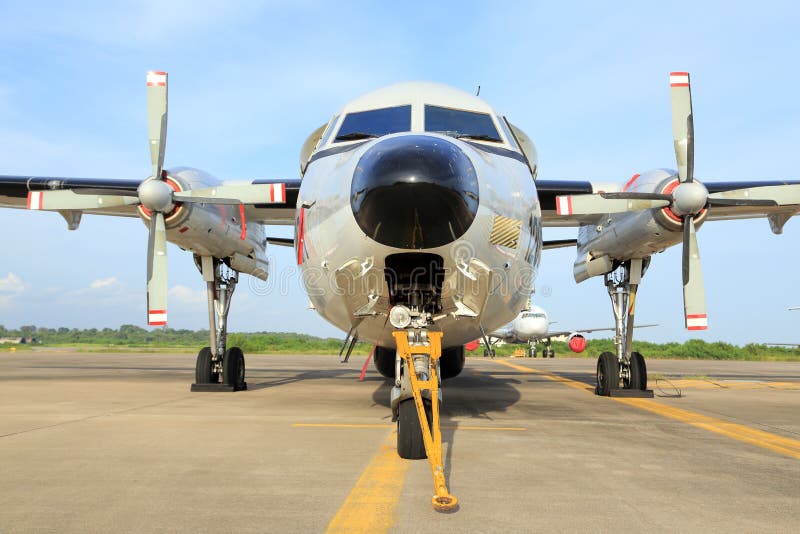

The pilot keeps the aircraft steady, the flight engineer in the middle maintains airspeed. This was Hurricane #Ian this morning aboard Kermit ( #NOAA42). That means punching back through the eyewall. When you fly into a hurricane you also have to fly back out. "That means punching back through the eyewall." "When you fly into a hurricane you also have to fly back out," Underwood wrote in a tweet that included the video, which has been retweeted over 670 times and liked over 3,400 times as of Tuesday evening. Underwood wrote in a tweet that the crew's pilot kept the aircraft steady and the flight engineer maintained the plane's speed as gray clouds completely blotted out any blue sky. Underwood's video shows the crew of Kermit calmly navigating the NOAA aircraft as it flew into the hurricane's wall of gray clouds Tuesday morning.

The video comes as Ian has reached Category 3 and could end up being one of the worst hurricanes Florida has ever seen.

Posted to Twitter by Nick Underwood, an engineer with National Oceanic and Atmospheric Administration (NOAA), the video shows the aircraft's crew keeping it steady as it collects data on the strengthening hurricane. “Getting the public the information they need to stay safe - in a subject I absolutely love - is a job I can feel good about,” Villafane said.As Florida braces for Hurricane Ian to make landfall, a video from the cockpit of a "hurricane hunter" plane flying through the eye of the storm is being shared online. Villafane would like to work for NOAA or the National Weather Service after she graduates, doing work she feels will be satisfying on two levels. “This research opportunity will give me a great way to make connections in NOAA’s aviation department and help me move in that direction.” “To actually get to fly with them is a dream,” said Stoltz, adding that he would like to work as a pilot after graduation, either for NOAA or the airlines. Sean Stoltz, another Meteorology junior who flew aboard the NOAA Hurricane Hunter, said he attended high school near an NOAA facility and got to know a few NOAA pilots. “The missions were a big step forward in getting our new sUAS and atmospheric profiler ready to be launched in a hurricane,” Wadler said. Watch a video clip of the instruments being deployed. The testing was done in clear weather conditions in order to validate the instruments’ performance before they are used in an actual hurricane. Using small Uncrewed Aerial Systems (sUAS), last month’s flights assessed whether the new instruments being tested could survive being thrown out of a plane at 210 knots and whether they communicated reliable measurements back to the Hurricane Hunter. Josh Wadler, assistant professor of Meteorology, the purpose of the flights was to validate innovative technologies for making measurements close to the surface of the ocean, where it is too dangerous for crewed aircraft to fly, as was described in an article published in October, just after Hurricane Ian. This trip provides an opportunity to see the research side of things, as well as get out there and ask questions from people who have been working in the meteorology field for years.”Īccording to Dr. “As a student, it’s difficult to pick a direction when you are interested in a field with so many facets. “I was absolutely thrilled,” said Lauren Villafane, a junior majoring in Meteorology. Invited to fly on the National Oceanic and Atmospheric Administration’s (NOAA) Hurricane Hunter aircraft, the students helped test-launch instruments designed to provide critical measurements during hurricanes in order to better forecast the storms and understand the physics of what makes them intensify. Late last month, two Meteorology undergraduates from Embry-Riddle Aeronautical University experienced a rare research opportunity.


 0 kommentar(er)
0 kommentar(er)
